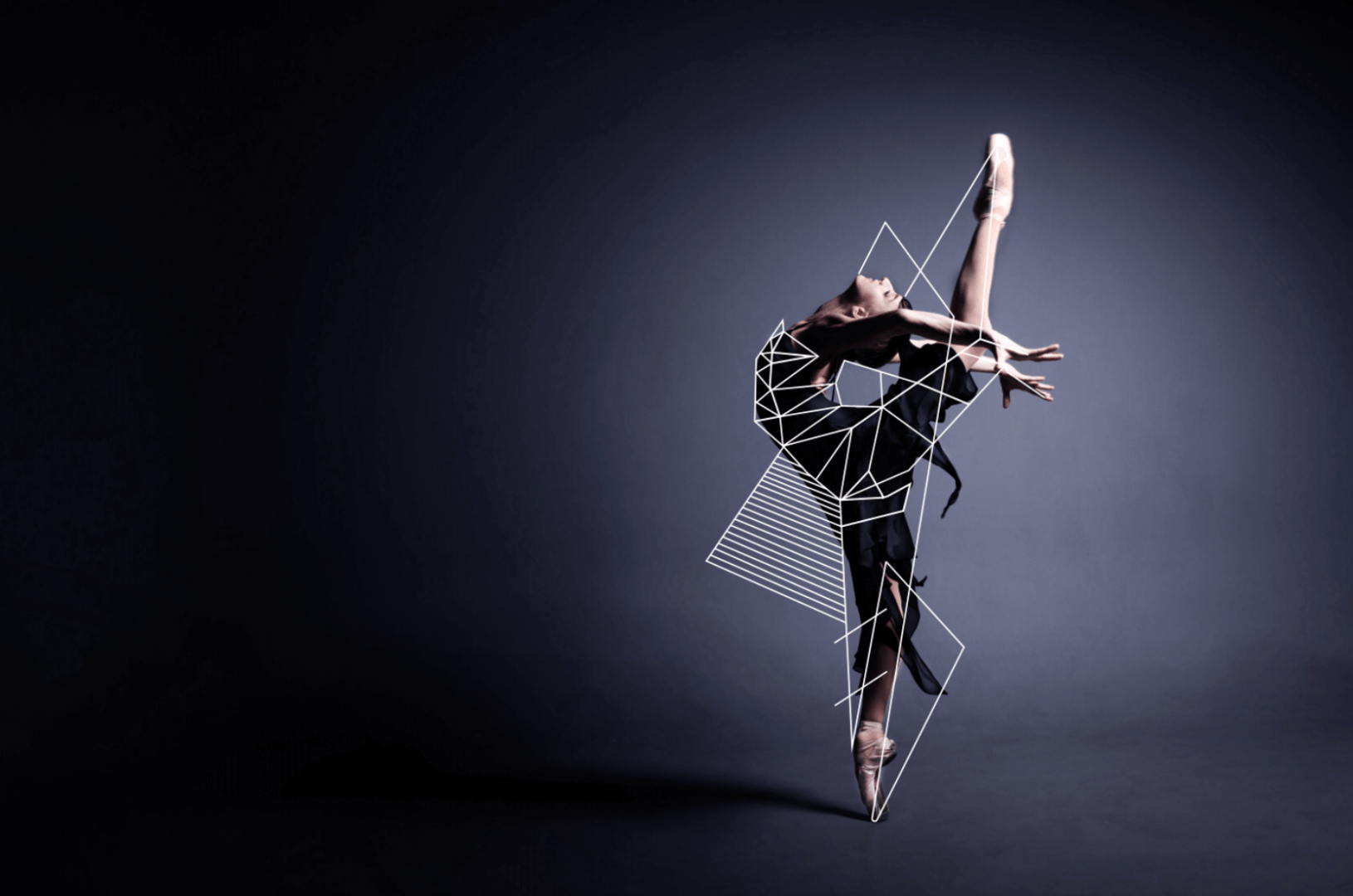Pirouettes and Programming
What do C++, dance, circular saws and bananas all have in common?
USC Viterbi sophomore Natalie Monger, that’s what.
A dancer and programmer since high school, Monger, 19, is majoring in computer science and business administration, minoring in dance performance at the USC Glorya Kaufman School of Dance, and much more. Combining disparate interests has been a way of life, and her unique perspective is leading her into emerging fields.
Monger’s creative streak shined through early. In high school, for instance, she said she created the world’s first “bananator.” Using electrical current and some cleverly coded lines in Java, Monger succeeded in playing simple tunes through — you guessed it — bananas.
Right now, I’m studying the historical aspects of dance and how technology can record dance. Eventually I’d like to start my own company combining art, dance and high-tech advancements, maybe VR. I just don’t think anything like that is out there right now.
“Each day after school, I would go to dance for a few hours and then come home and stay up super late working on personal projects like these,” she said. “I thought it was so cool how lines of code could translate into something that users could enjoy.”
Since coming to USC, Monger has continued to mine this outside-the-box thinking, both in and outside the computer lab and the dance studio. Last year, as a research assistant in the Vision and Graphics Lab at USC’s Institute for Creative Technologies, Monger gained experience working with advanced computer graphics.
“We’d basically take 10 GoPro [cameras] and arrange them in a circle, and see if we could create the same 3-D image you would get with ordinary computer graphics,” she said. “It was a really fun project.”
Monger spent last summer working for Northrop Grumman developing a software formatting tool. Even then, she still found an opportunity to stretch beyond her job description.
“Coding my project would take me most of the workday, but I would stay late and spend time playing around with the tools in the machine shop,” she said. “I built an FM radio, learned how to 3-D print and spent time with these crazy saws, which were kind of scary but really fun.”
On the dance side, Monger is covering new territory as well. Under the guidance of USC Kaufman Assistant Professor Alison D’Amato, Monger is researching how dance is recorded and passed on, formally known as dance notation and dance syntax.
She sees a close relationship between dance and engineering, and thinks their convergence could provide a springboard for innovation.
“There’s certainly room for innovation in the intersection of dance and computer graphics,” Monger said. “Specifically, I see myself creating motion capture technology to choreograph and design dances before meeting with dancers in person. With USC’s resources and professors at my disposal, I can see this vision becoming a reality in the next few years.”
Monger’s mentors in the USC Viterbi Department of Computer Science and the USC Kaufman School of Dance, are looking on eagerly.
“There are a lot of people here at Kaufman who are exploring and making connections between dance and state-of-the-art media,” said D’Amato. “I see Natalie as somebody who could pioneer in this intersection. It could be her research ideas that could show us how the field of dance will look in the future.”
While some might see the fields of computer science, business and dance as completely unrelated, even mutually exclusive, Monger can’t imagine her education any other way.
“I believe if all computer scientists and engineers explored diversity through an education in the fine arts,” she said, “it would greatly transform the possibilities of what engineers could do.”





